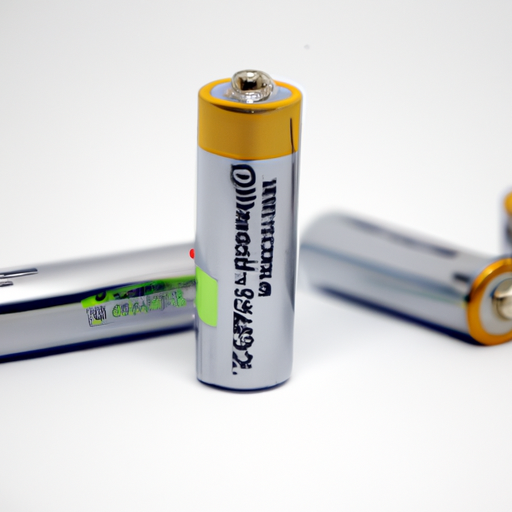AM-2PIXT Batteries Rechargeable (Secondary): Core Functional Technologies and Applications
Rechargeable batteries, or secondary batteries, are integral to modern technology, powering a wide range of devices from consumer electronics to electric vehicles (EVs) and renewable energy systems. The AM-2PIXT designation may refer to a specific model or type of rechargeable battery, but the principles and applications of rechargeable batteries are universally relevant. Below, we explore core functional technologies, relevant articles, and application development cases that highlight the effectiveness of rechargeable batteries.
Core Functional Technologies
| 1. Lithium-Ion Technology | |
| 2. Nickel-Metal Hydride (NiMH) | |
| 3. Solid-State Batteries | |
| 4. Flow Batteries | |
| 5. Graphene and Advanced Materials | |
| 1. "Advancements in Lithium-Ion Battery Technology" | |
| 2. "The Future of Solid-State Batteries" | |
| 3. "Flow Batteries: A Solution for Renewable Energy Storage" | |
| 4. "The Role of Graphene in Next-Generation Batteries" | |
| 1. Electric Vehicles (EVs) | |
| 2. Renewable Energy Storage | |
| 3. Consumer Electronics | |
| 4. Power Tools | |
| 5. Medical Devices | |
Articles and Research
Application Development Cases
Conclusion

Rechargeable batteries are at the forefront of technological innovation, with ongoing research and development focused on enhancing their performance, safety, and sustainability. As applications continue to expand across various sectors, the significance of effective battery technology will only increase, driving further advancements in energy storage solutions. The AM-2PIXT designation, while specific, represents the broader trends and innovations within the rechargeable battery landscape, underscoring the critical role these technologies play in shaping the future of energy storage and consumption.
AM-2PIXT Batteries Rechargeable (Secondary): Core Functional Technologies and Applications
Rechargeable batteries, or secondary batteries, are integral to modern technology, powering a wide range of devices from consumer electronics to electric vehicles (EVs) and renewable energy systems. The AM-2PIXT designation may refer to a specific model or type of rechargeable battery, but the principles and applications of rechargeable batteries are universally relevant. Below, we explore core functional technologies, relevant articles, and application development cases that highlight the effectiveness of rechargeable batteries.
Core Functional Technologies
| 1. Lithium-Ion Technology | |
| 2. Nickel-Metal Hydride (NiMH) | |
| 3. Solid-State Batteries | |
| 4. Flow Batteries | |
| 5. Graphene and Advanced Materials | |
| 1. "Advancements in Lithium-Ion Battery Technology" | |
| 2. "The Future of Solid-State Batteries" | |
| 3. "Flow Batteries: A Solution for Renewable Energy Storage" | |
| 4. "The Role of Graphene in Next-Generation Batteries" | |
| 1. Electric Vehicles (EVs) | |
| 2. Renewable Energy Storage | |
| 3. Consumer Electronics | |
| 4. Power Tools | |
| 5. Medical Devices | |
Articles and Research
Application Development Cases
Conclusion

Rechargeable batteries are at the forefront of technological innovation, with ongoing research and development focused on enhancing their performance, safety, and sustainability. As applications continue to expand across various sectors, the significance of effective battery technology will only increase, driving further advancements in energy storage solutions. The AM-2PIXT designation, while specific, represents the broader trends and innovations within the rechargeable battery landscape, underscoring the critical role these technologies play in shaping the future of energy storage and consumption.













